The Porsche Porsche 911 RSR shows that the German car maker isn't afraid to to flout tradition and push to extremes in motorsport - by moving the engine of its 911 RSR from its rear-mounted position.
Yes, you read that correctly: this is the first Porsche 911 to carry its engine in front of the rear axle since the 911 GT1 race and road car of the mid-1990s.
The change has been made possible by the new-for-2016 regulations for the LM GTE racing category, used in the World Endurance Championship, the US-based IMSA series and, of course, the Le Mans 24 Hours. The rules offered Porsche the opportunity to reassess every nut and bolt, an evaluation process that started 18 months ago. They allow scope for the engine to be relocated, provided the car’s platform isn’t altered, so Porsche flipped the engine and gearbox.
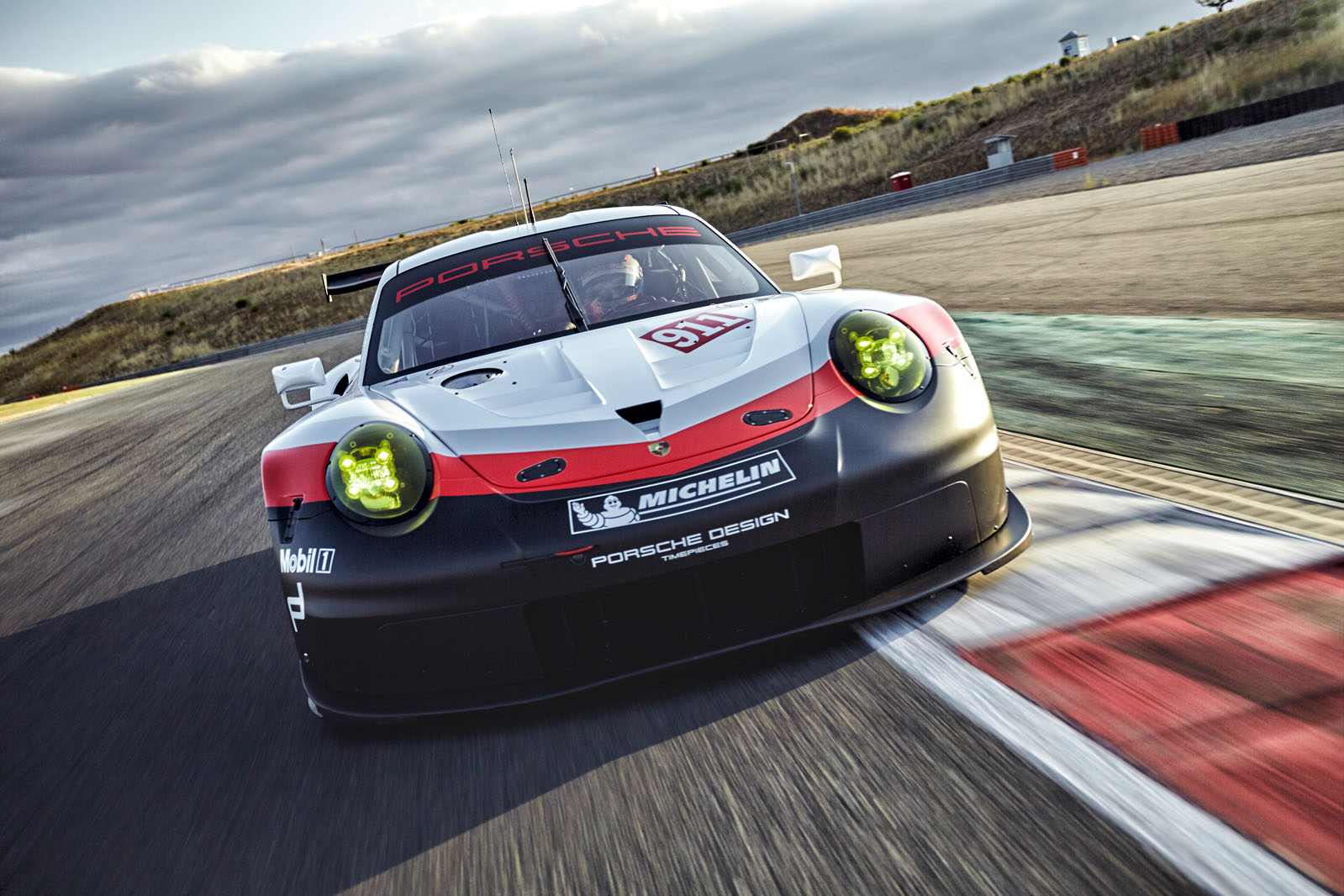
Accounting for the aggressive looks, the rules also permit so-called ‘free volumes’ where the car can be changed, such as the overall width, although other dimensions have to remain the same as the production car’s. Moving the engine forward has enabled Porsche to install a large rear diffuser, enhancing the aerodynamics.
The change wasn’t a decision taken lightly by the guardians of Weissach’s most iconic model. Frank Walliser, Porsche’s head of motorsport, says: “There are always sensitive discussions [within Porsche] when the motorsport guys turn up and say: ‘We’ve had a good idea’. But look at the car. Is it a 911? I say, yes, it is.”
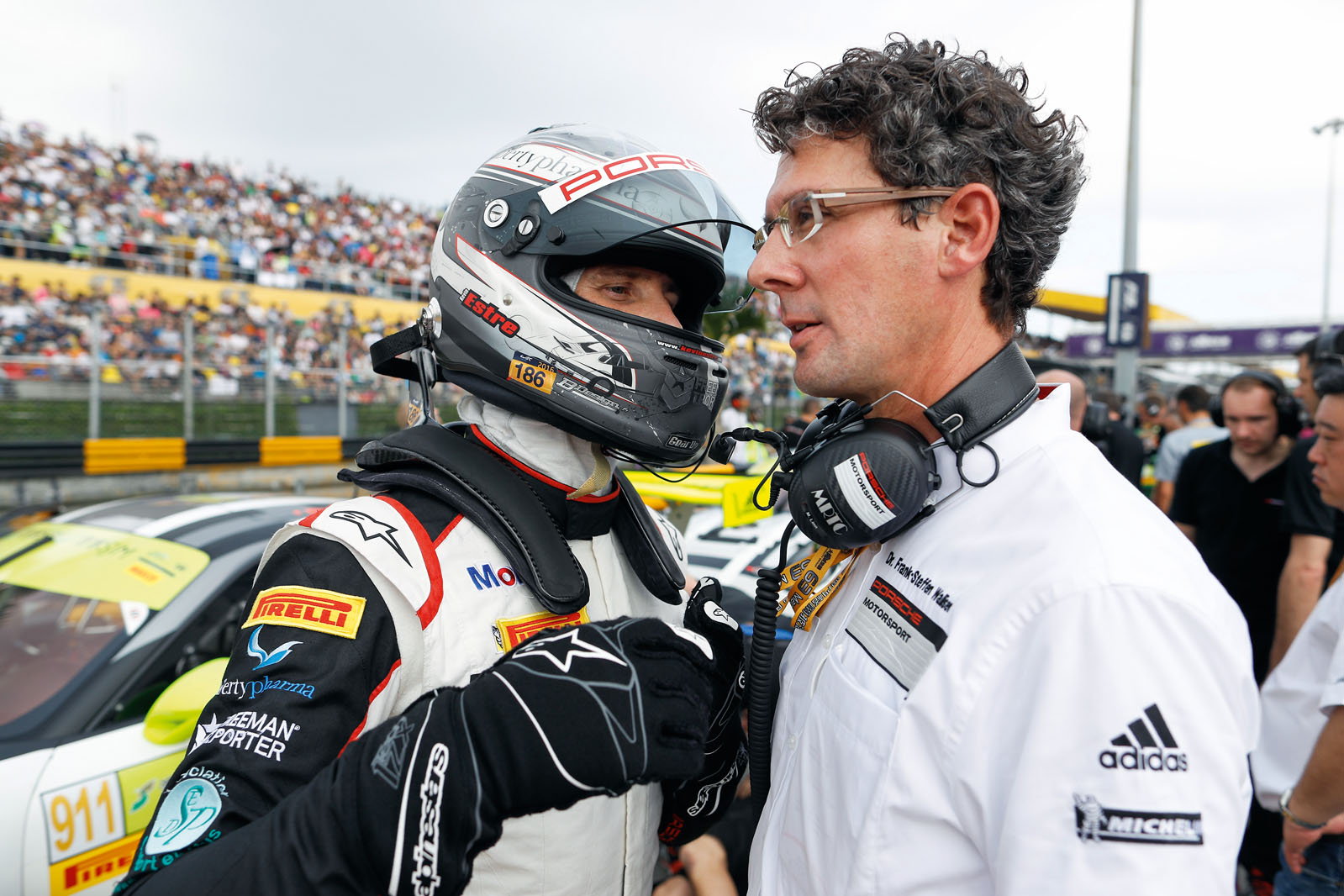
It’s hard to argue with Walliser – there’s definitely a 911 under there – but the repositioned powertrain has required wholesale redevelopment. The suspension, body structure, aero package and six-speed sequential gearbox have all been designed from scratch. Walliser says the only parts carried over are the door handles.
All of this was motivated by the intense competition erupting within GTE racing, stirred by Ford’s successful return to Le Mans with the GT in June. Although the cars competing within the category all have their power levels regulated via air restrictors and fuel restrictions, Porsche felt there was untapped potential within its car’s aerodynamics and balance.
One of the key benefits of the repositioning of the engine is to make the tyre wear of the 911 RSR more consistent, says Walliser. “Tyre wear is definitely one of the most important factors,” he says. “This was definitely something we could improve from the old car. We had a close look at the weight distribution, because this has a big influence on the tyres and how the car handles.”
In fact, the 1243kg car now works its front tyres a little harder, which is no bad thing. Another advantage is that the car is better balanced and more forgiving to drive over long endurance race stints.
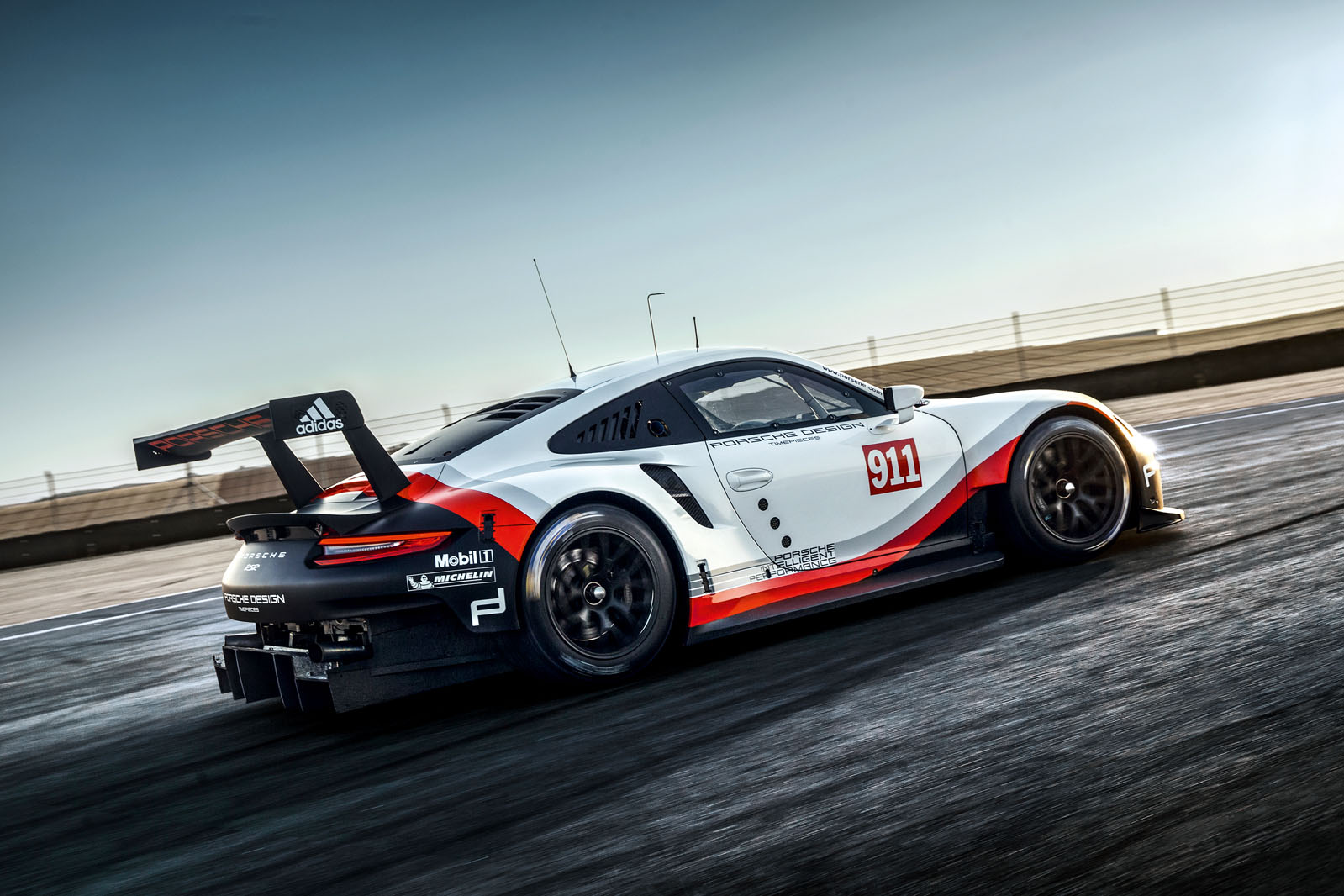
Two factory RSRs will make their racing debuts at the Daytona 24 Hours in late January. The car has already amassed more than 20,000 miles of testing, which Walliser describes as “very encouraging”.
He says: “The main target [for Daytona] is to have a flawless run. If you race for 24 hours with no technical issues, usually you are among the top three or four cars.”
Walliser dismisses any suggestion that the race car’s engine positioning could usher in a new era of 911 road cars with their engines ahead of the rear axle. The 911 RSR can use its predecessor’s homologation, so there’s no need for Porsche to build a run of road-going examples to satisfy the LM GTE rule makers.
He concedes that the standard 911 road car does not have “the perfect layout” for racing, although “for the street car, it is the perfect solution because you have the 2+2 seat layout, as well as for all the reasons why we love the car and why it has been so successful for the past 52 years.”
Porsche 911 RSR under the microscope
Engine
The 4.0-litre six-cylinder boxer engine uses the block of the 991-model 911 road car, bringing the 911 RSR into line with the GT3 Cup and GT3 R racing cars and spelling the end of the long-lived ‘Mezger’ family units in Porsche competition cars. The direct-injection, water-cooled engine produces as much as 503bhp, depending on the size of the air restrictor stipulated by the rules. Rivals such as Ferrari and Ford use turbocharged engines, but Walliser says: “We had a close look at turbocharging, but the disadvantage on the weight side made us go for naturally aspirated.”
Body panels
Endurance races are often decided by time spent in the pits, as opposed to time on the circuit. Quick-release carbonfibre body panels are one way in which Porsche has tried to make the 911 RSR more user-friendly for race engineers in the heat of a race. Same goes for the suspension, which uses a very similar double wishbone set-up to its predecessor but has been made easier to work on.
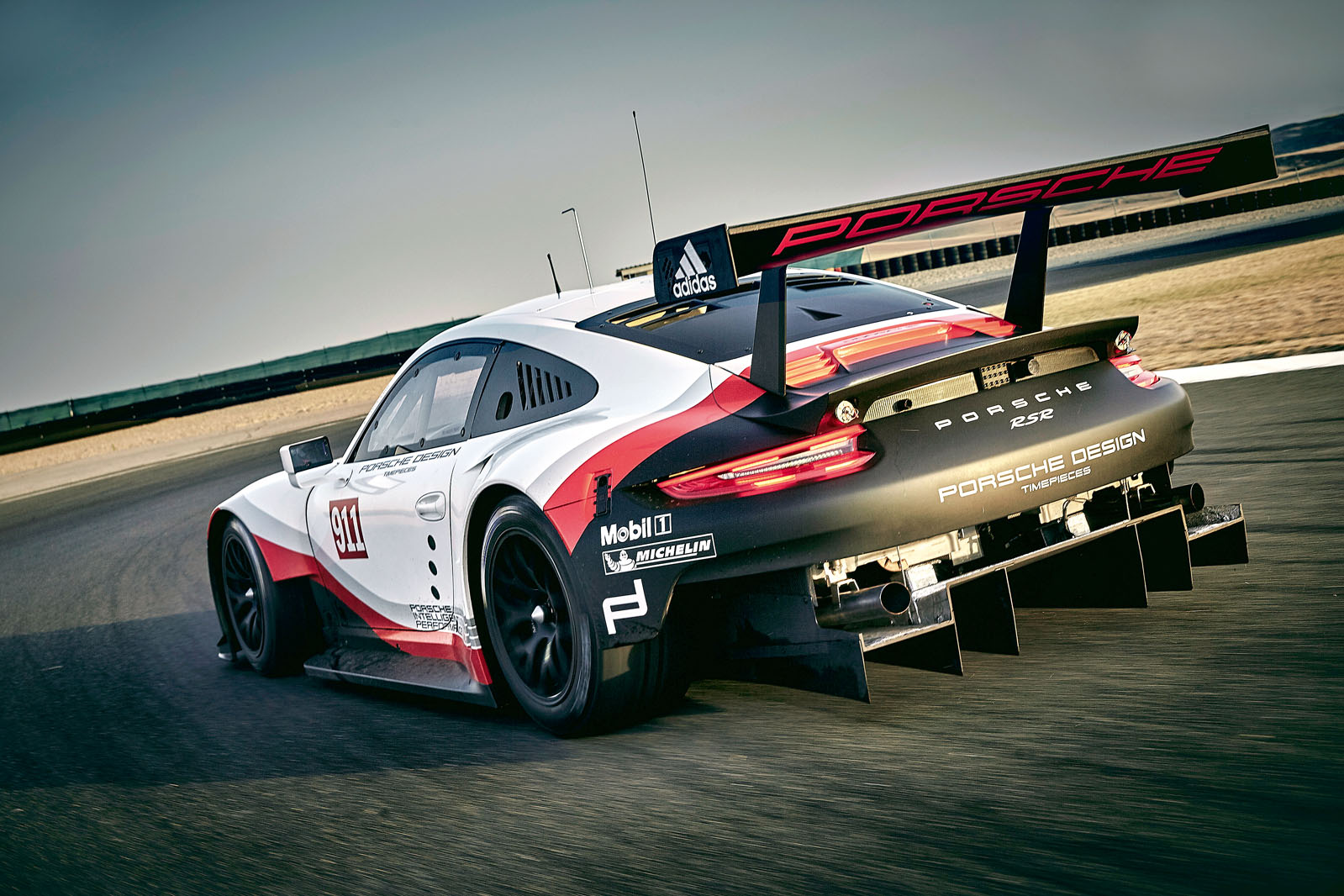
Rear wing
The ‘swan neck’ rear wing, with the supports attached to the upper surface of the wing as opposed to the underside, is inspired by the one used on the 919 Hybrid LMP1 racer and provides much greater downforce than its predecessor. “It is not the biggest invention to have a hanging rear wing, but if you are doing a new car, you use every lesson you know,” says Walliser.
Collision avoidance system
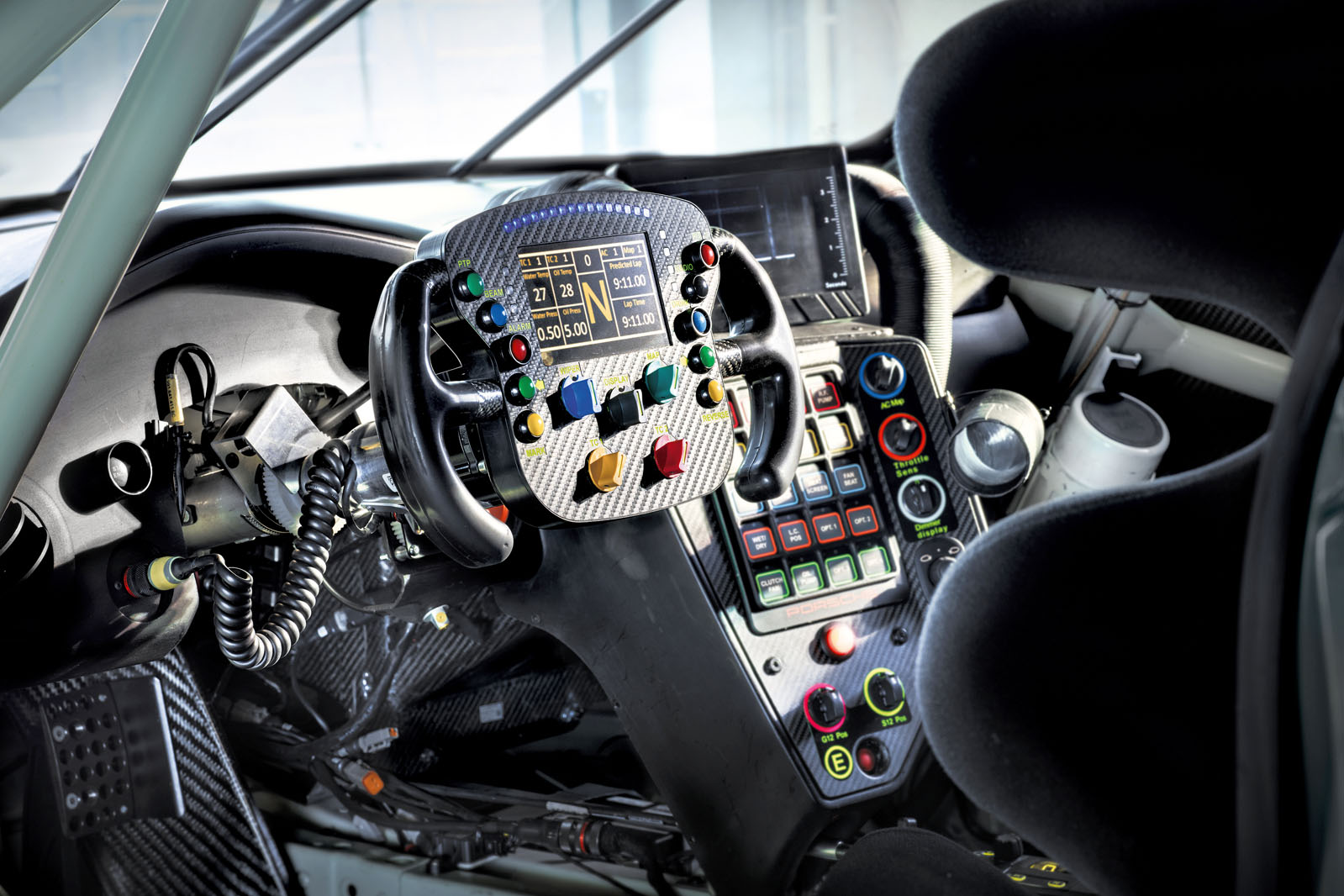
The 911 RSR warns its driver of fast-approaching prototypes when visibility is compromised, such as during the night at Le Mans or in the rain. It uses a combination of camera and radar, which feeds a monitor in the cockpit. Walliser says: “It will show what is coming: red if it is LMP1, blue if it is LMP2. An arrow will indicate whether the car is coming on the left or right-hand side.”

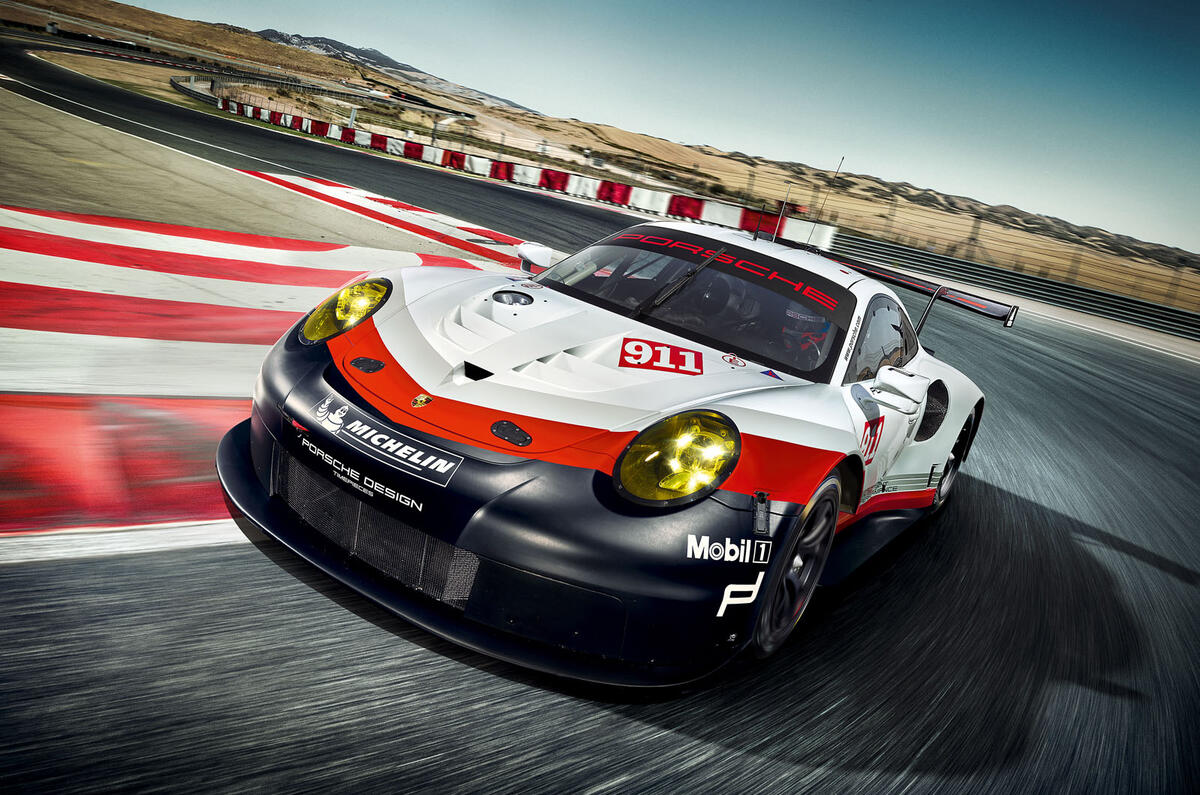

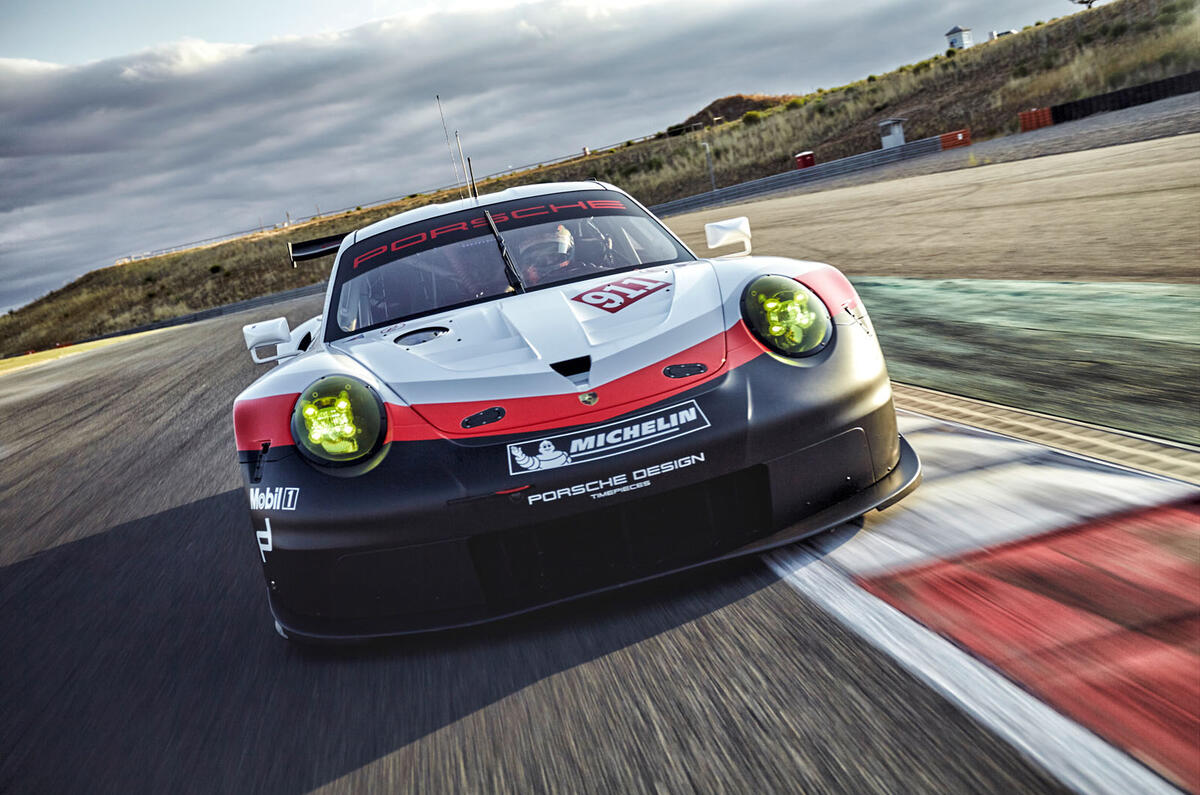
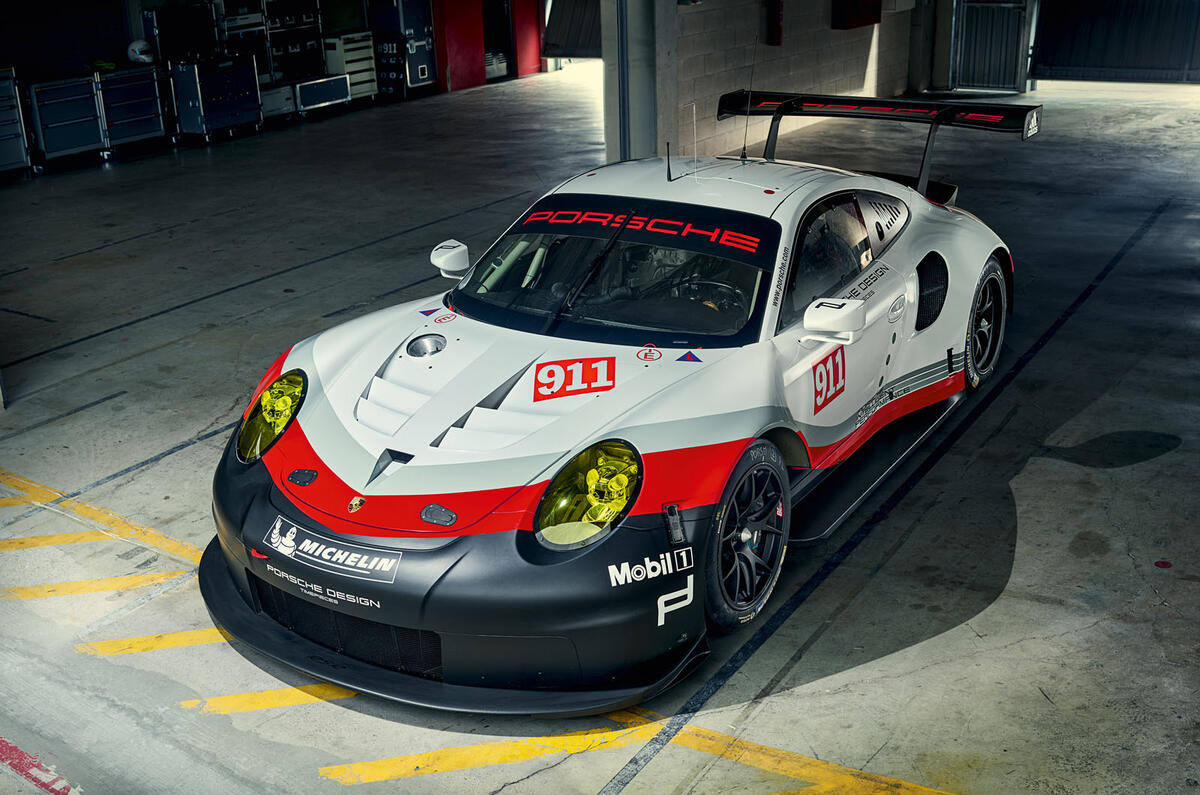
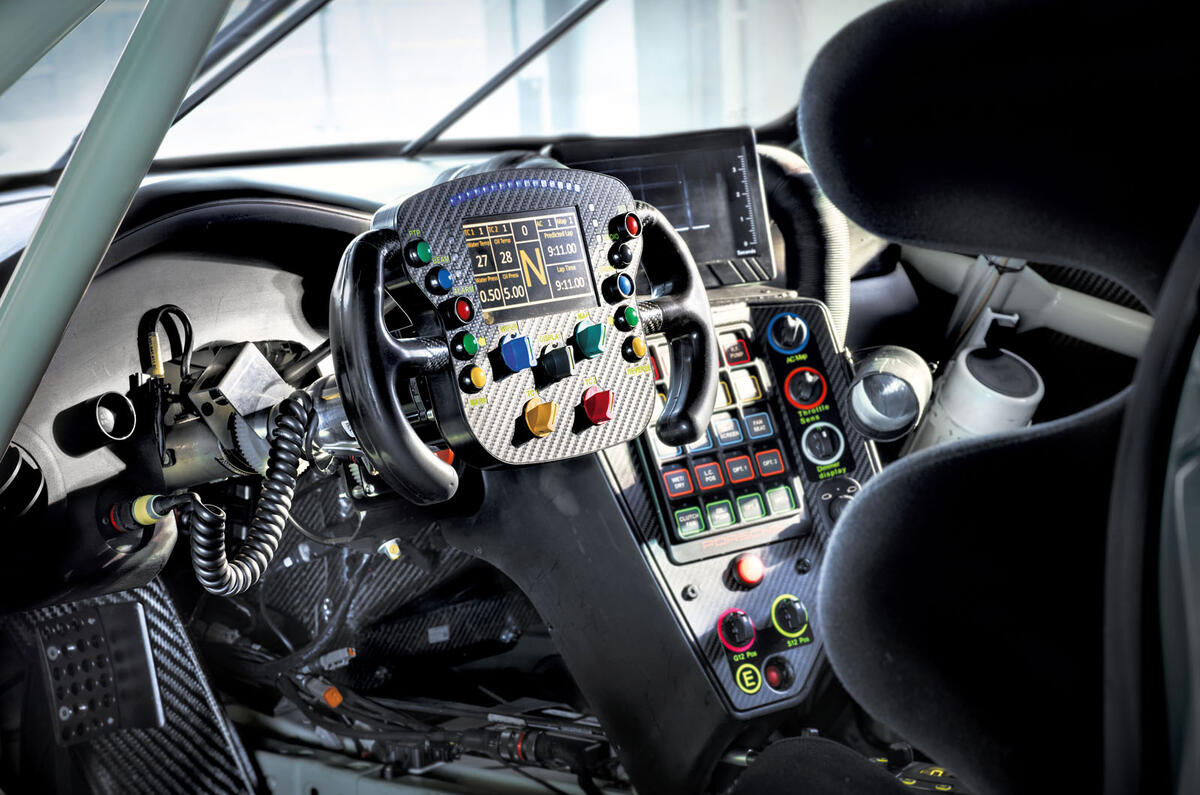
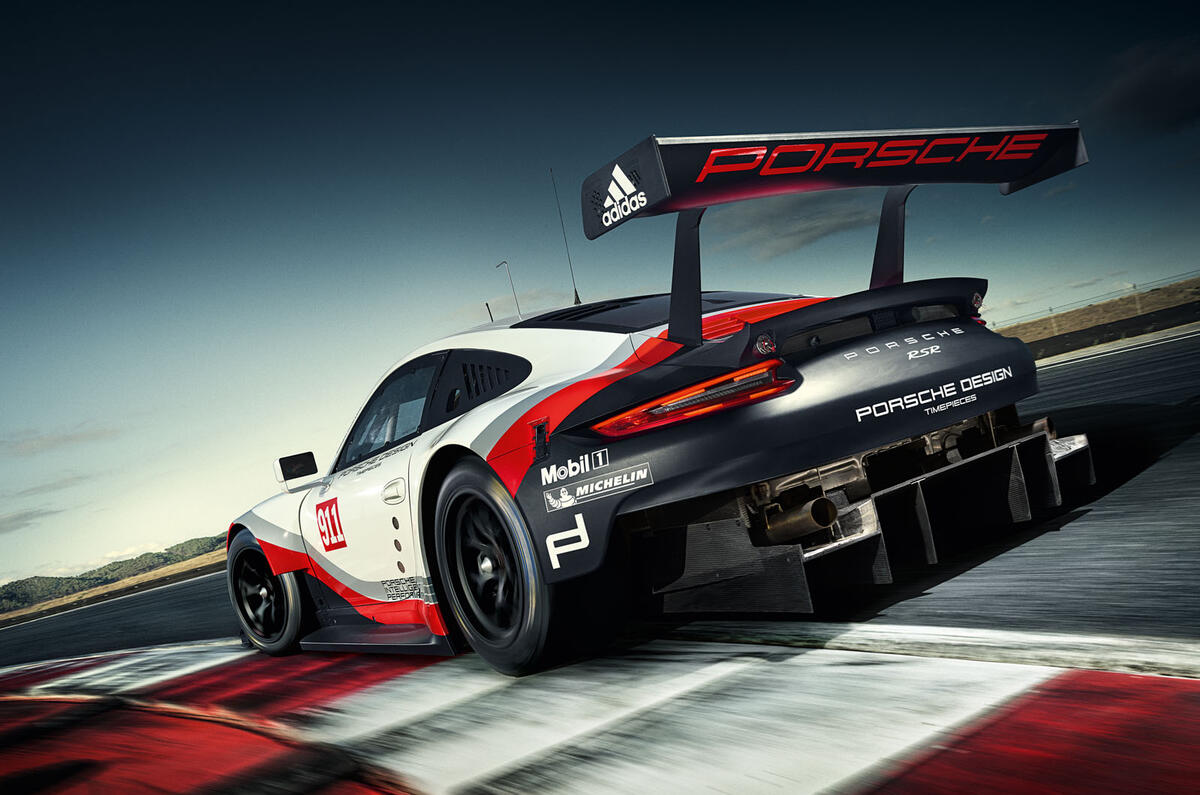

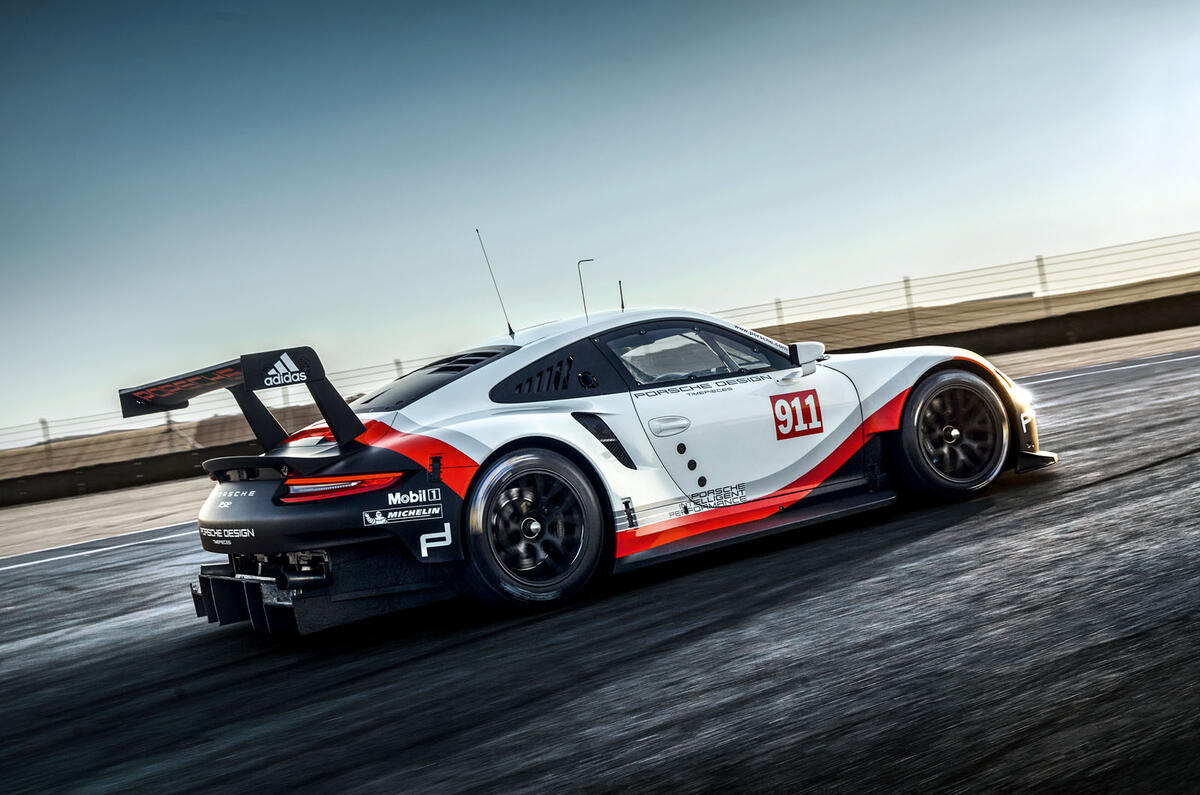
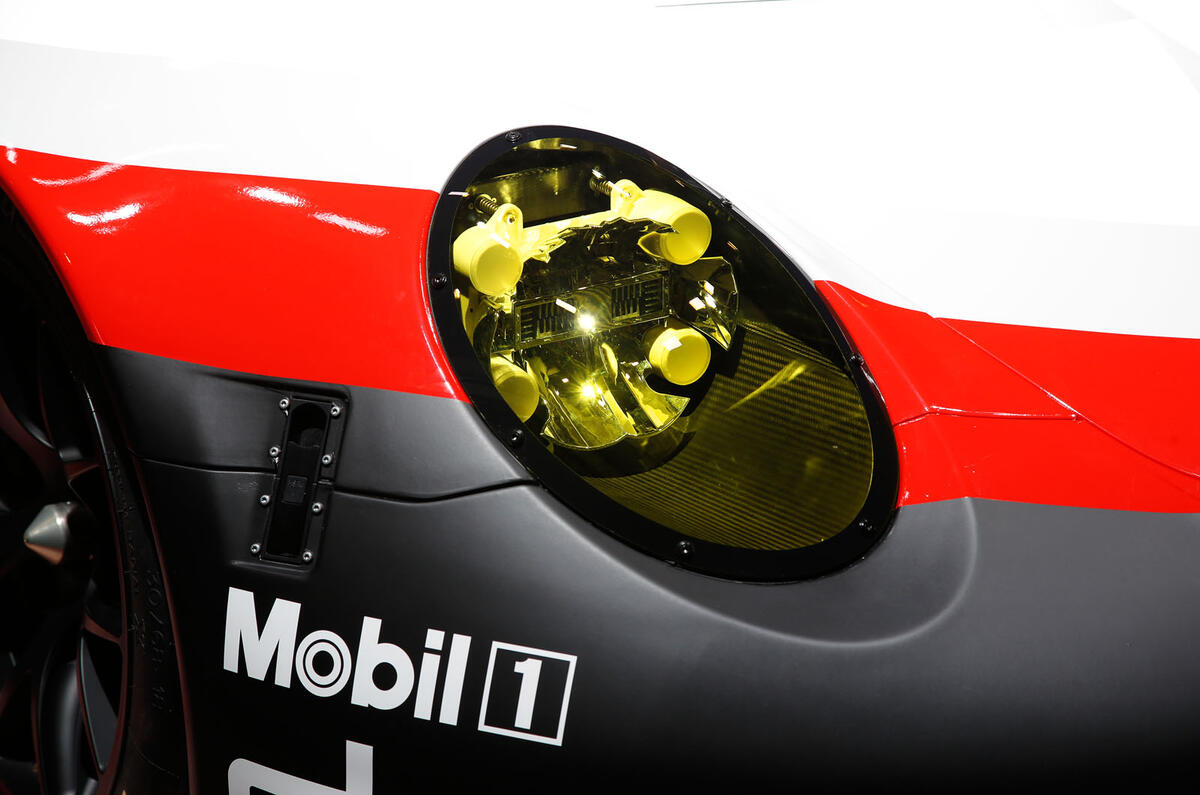

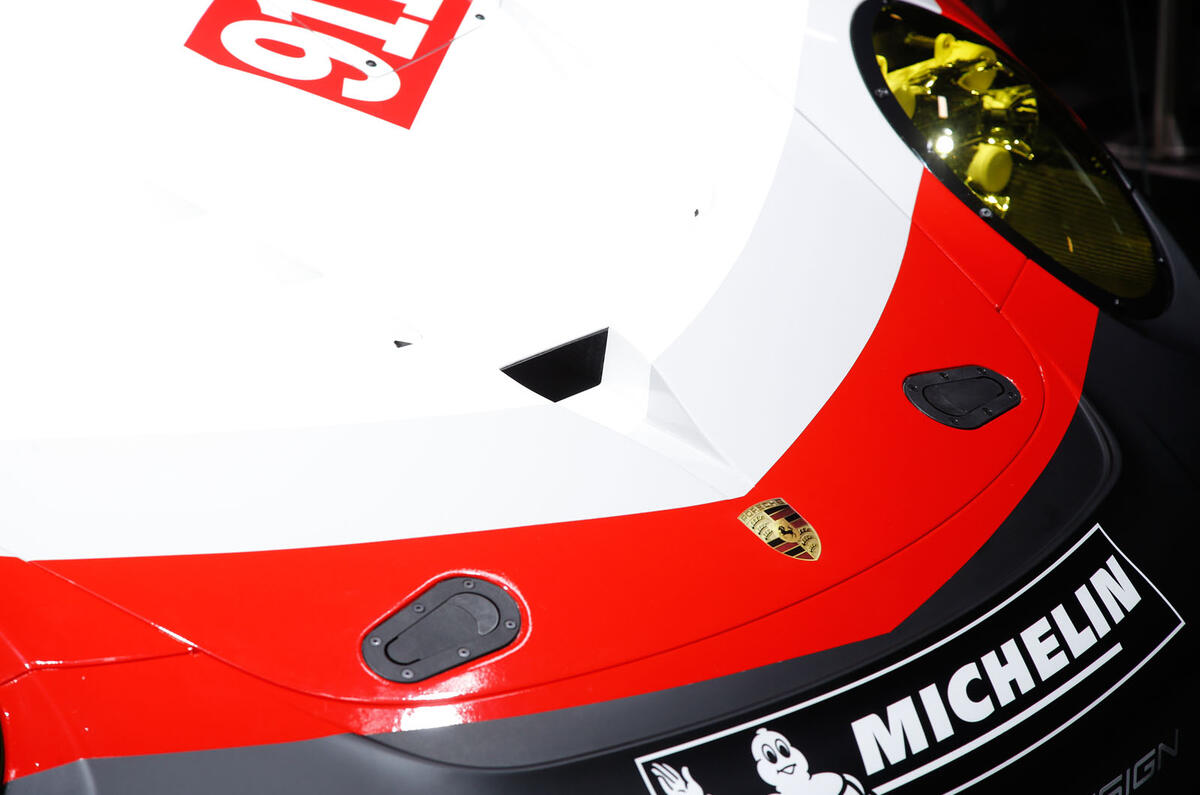
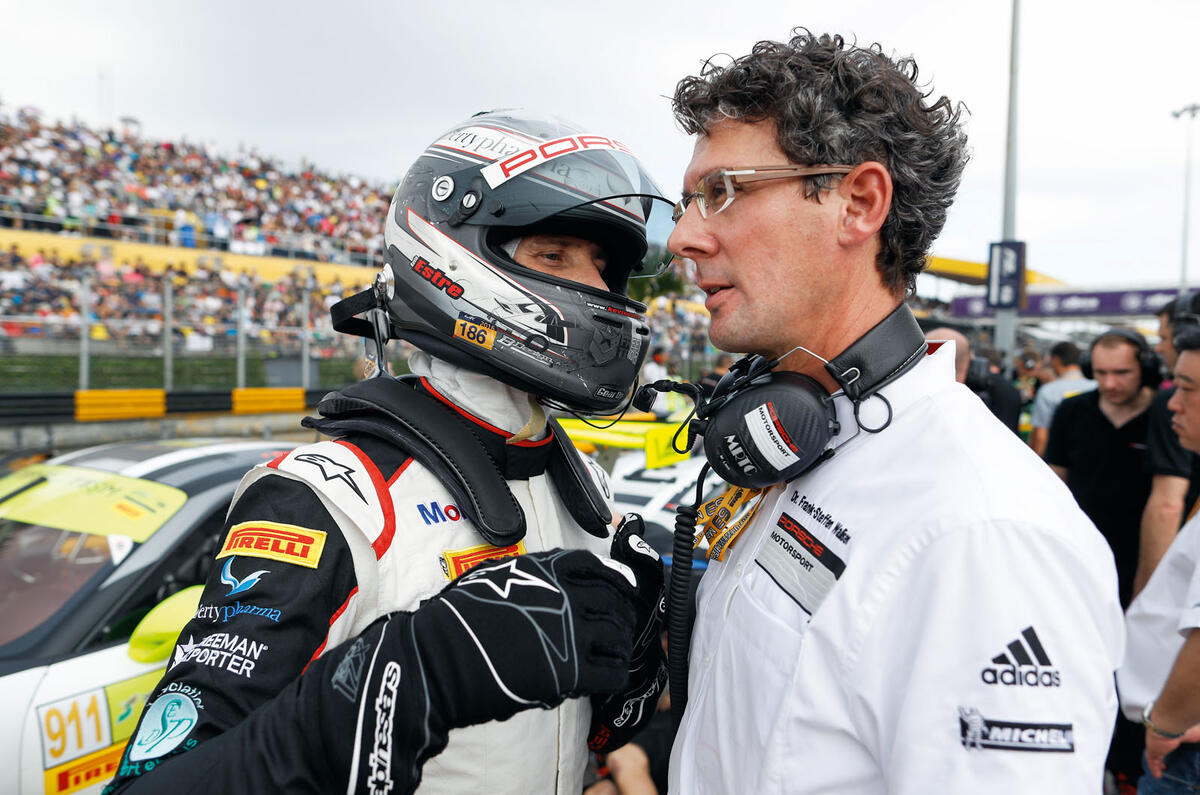
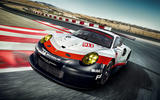
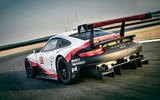
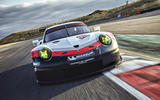

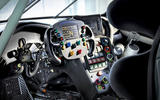
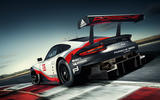

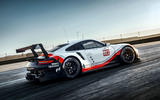
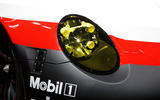
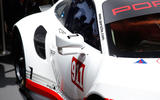
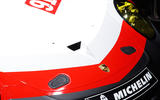
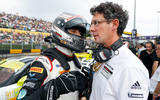


Join the debate
Add your comment
Bad evolution of the GTE...
No thanks...
New Porsche is A Racer...not a Production Derivative
So, I was crawling around a Porsche RSR at the Peterson Museum in Los Angeles yesterday. Have no doubt that this is a purpose-built racer that has nothing in common with a street car you can buy, except the name and - VERY generally - the shape. It will do surely well on the track...and may well keep the Porsche name uppermost in the minds of car buyers seeking a performance image.
Sometime next year, I will probably see a friend in a new Porsche, and he will say, "This is identical to what they ran at Daytona...except it doesn't have a rollbar."
New Porsche is A Racer...not a Production Derivative
So, I was crawling around a Porsche RSR at the Peterson Museum in Los Angeles yesterday. Have no doubt that this is a purpose-built racer that has nothing in common with a street car you can buy, except the name and - VERY generally - the shape. It will do surely well on the track...and may well keep the Porsche name uppermost in the minds of car buyers seeking a performance image.
Sometime next year, I will probably see a friend in a new Porsche, and he will say, "This is identical to what they ran at Daytona...except it doesn't have a rollbar."